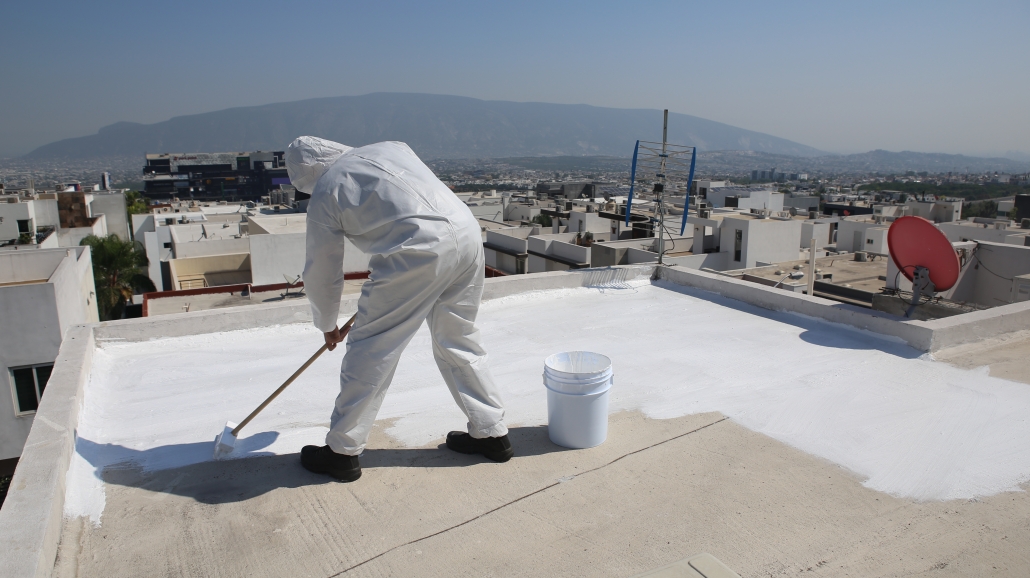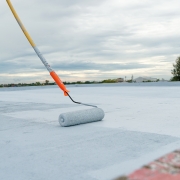3 Ways To Waterproof Your Home
3 Ways To Waterproof Your Home
Moisture build-up in your home can be disastrous for numerous reasons. It can cause damage to your house’s structure and health issues from the growth of fungi and mould in wet areas. Thus, it’s practical to look for measures to make your home waterproof.
Waterproofing reduces the chances of water infiltrating your property by adding a protective layer. It helps reduce moisture and humidity inside your house too, thus reducing the risks of damage from occurring.
Many individuals use waterproofing and damp-proofing interchangeably, but these terms are different. Waterproofing prevents moisture or water from entering your house, while damp-proofing offers a barrier against vapor caused by temperature changes.
It’s believed that the best time to waterproof your house is during construction or when you notice any leaks, cracks, or mould growth in your home. This post will outline different ways to waterproof your home. Take a look to learn more.
1. Roof waterproofing
Roof waterproofing is the first line of defence against leakages in your home. Roof waterproofing acts as a barrier between your home and the rain and other elements. This way, your home is protected from leaks, mould, and fungus growth. There are different ways of roof waterproofing which include:

- Bituminous Roof Waterproofing
This type of waterproofing works great for residential and commercial building roofs.
Bitumen sealant is combined with a substance created from an organic liquid that is sticky. This results in effective waterproofing material for the roof. This reinforced membrane is more durable as it doesn’t wear down and has a long lifespan of over 50 years of roof cladding.
Bituminous waterproofing is mainly used on flat concrete roofs. The only disadvantage of this type of waterproofing is that it produces fumes that can cause respiratory issues in the future.
- Cementitious Roof Coating
The cementitious coating is made from sand, silica-based substances, and organic and inorganic chemicals. It creates a waterproof seal that provides a durable layer that lasts for years. This type of waterproof roof is easy to use and apply with the right technique. The disadvantage of this coating is that it’s inflexible—it ends, compresses, and stretches over time.
- Roof Waterproofing Treatment
This method uses a clear penetrative chemical solution that provides waterproof properties to your roof. The chemical solution is applied on the roof and is flexible and durable. It’s most suitable for metallic roofs, tiled roofs, or flat concrete roofs. The advantage of this waterproofing method is that it’s environmentally friendly, mess-free, cost-effective, and doesn’t cause any harm to humans.
2. Exterior waterproofing
When the exterior walls of your home are exposed to high humidity or rainfall, water can be absorbed and travel through the masonry to your house. As a result, walls may take longer to dry, leading to mould growth or damage to your walls. There are different ways you can prevent water from entering your home through the walls which include:
- Check the walls for any faults like cracks or holes that may allow water to pass into your home. After spotting the faults, repair them to prevent water infiltration to your home.
- Utilize waterproof products like concrete waterproofing coating, waterproofing paint, and silicate-based concrete sealer. All these products can be applied to exterior walls and help prevent water from affecting or entering through your walls.
- Add a waterproofing mixture to plaster ingredients to prevent your walls from infiltrating water.
- Install different kinds of gutters to prevent roof water from dripping down your walls. Gutters direct water away from your home.
3, Foundation waterproofing
Your home’s foundation is one of the most crucial sections, as the entire building is built on it. While the foundation is made of solid rocks, cracks can develop, allowing water to penetrate your house. Also, concrete is permeable (allows water to pass through). Ground waterproofing is essential as it protects the ground structure from costly damage.
The following are some ways to waterproof your foundation:
- Dig around the outer perimeter of your basement until you reach the base of the foundation. Then apply a protective membrane around the foundation walls to prevent water infiltration through the walls or any cracks.
- Repair any cracks on the foundation walls and then apply a foundation sealant, a cement-based sealant that hardens and closes wall pores, thus preventing water from infiltrating your home
- Some cracks fail to be sealed even after applying the foundation sealant. In such a case, you should apply the waterproof membrane to prevent water from slipping through the cracks.
- You can also install a drainage mat, which helps water flow away from the foundation. Its dimpled design allows water to accumulate and flow away from the foundation.
Conclusion
Given the catastrophic future that water leaks can bring, any noticeable leaks should be addressed immediately before causing costly repairs. This calls for adopting different ways to waterproof your home, to avoid water damage of all sorts to your home. Hopefully, the insights mentioned above will direct you on the right path when waterproofing your home.


